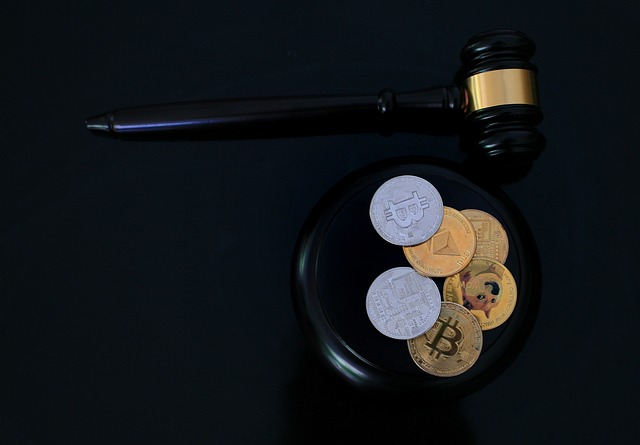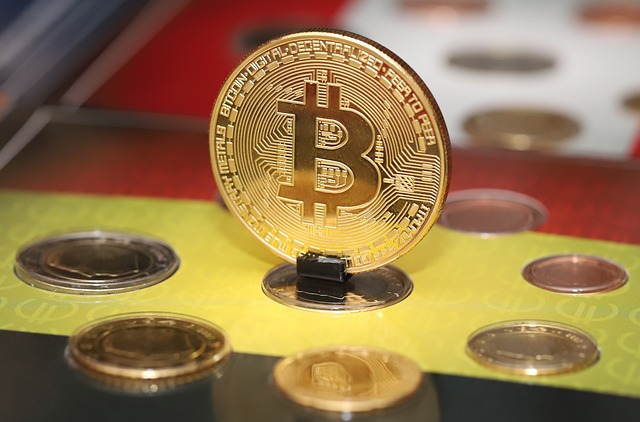Cryptocurrency wallets are essential for secure transactions, with software-based (hot) and hardware (cold storage) options. Hot wallets are user-friendly but require strict security like 2FA, while hardware wallets like Ledger and Trezor offer the highest security through offline private key storage, ideal for long-term holders. Choosing a wallet involves considering these types and features, with reputable brands offering MFA, data privacy policies, and strong customer support. Implementing strong security measures such as 2FA, complex passwords, and regular software updates, along with robust backup strategies, ensures the safety of digital assets against cyber threats. Cryptocurrency wallet recommendations often include 2FA as a standard feature for enhanced protection.
In the dynamic world of cryptocurrency, securing your digital assets is paramount. This comprehensive guide delves into essential best practices for safeguarding your crypto holdings through robust wallet security measures. From understanding various wallet types and choosing a secure provider, to implementing strong security practices and utilizing 2FA, we offer practical insights. Additionally, learn about backup strategies, private key management, and staying informed—essential cryptocurrency wallet recommendations for maximizing safety and peace of mind.
- Understanding Cryptocurrency Wallet Types
- Choosing a Secure Wallet Provider
- Implementing Strong Security Measures
- Backup and Recovery Strategies
- Utilizing Two-Factor Authentication (2FA)
Understanding Cryptocurrency Wallet Types

Cryptocurrency wallets are a crucial component of secure crypto transactions. There are several types to choose from, each offering unique features and security levels. Understanding these wallet categories is essential for users looking to safeguard their digital assets. Software-based wallets, often referred to as hot wallets, are convenient and easy to set up, making them ideal for frequent traders who need quick access to their funds. However, due to their online nature, they require robust security measures like two-factor authentication and regular updates to protect against potential hacks.
On the other hand, hardware wallets (cold storage) provide the highest level of security. These physical devices look like mini computers and store private keys offline, making them less susceptible to cyberattacks. They are ideal for long-term crypto holders who prioritize extreme safety over ease of use. Among the popular hardware wallet recommendations are models from Ledger and Trezor, known for their robust encryption and secure firmware updates.
Choosing a Secure Wallet Provider

When choosing a cryptocurrency wallet, selecting a secure provider is paramount. Reputable wallet services employ advanced encryption protocols and security measures to safeguard your digital assets. Researching and opting for well-regarded brands in the industry, such as Ledger, Trezor, or Exodus, can significantly enhance your security posture. These companies consistently update their software to patch vulnerabilities and offer multi-factor authentication (MFA) options, adding an extra layer of protection.
Beyond security features, consider the wallet’s privacy policies and user reviews. Look for providers that prioritize data privacy and have a transparent track record. User feedback can highlight potential issues or strengths in customer support, ease of use, and overall reliability. Making an informed choice based on these factors ensures a safer experience while managing your cryptocurrency assets.
Implementing Strong Security Measures

Implementing strong security measures is paramount for safeguarding your cryptocurrency assets. One of the most effective ways to enhance security is through multi-factor authentication (MFA). This adds an extra layer of protection beyond your password, ensuring that even if someone manages to obtain your login credentials, they still can’t access your wallet without the second factor. Cryptocurrency wallet recommendations often emphasize the importance of enabling MFA as a basic best practice.
Additionally, keeping your software updated is crucial. Regular updates often include security patches that fix known vulnerabilities, so ensure your wallet app and operating system are always up to date. Strong security also involves using unique, complex passwords for each account and enabling encryption where available. These practices combine to form a robust defense against potential cyber threats, providing peace of mind when managing your digital assets.
Backup and Recovery Strategies

Maintaining a secure cryptocurrency wallet goes hand in hand with having robust backup and recovery strategies. It’s essential to remember that even the most secure wallets can fall victim to cyberattacks or human error. That’s why having a solid plan for recovering your digital assets is crucial. One of the best practices is to enable two-factor authentication (2FA) on all your wallet accounts, adding an extra layer of protection beyond passwords.
Regularly backing up your cryptocurrency wallet is another critical step. Consider using offline storage methods like hardware wallets or cold storage solutions, which are secure and protected from online threats. Additionally, cloud-based backup services that support cryptocurrencies can offer convenience while ensuring your funds’ safety. Always choose reputable wallet providers that offer recovery options and regularly update your backups to align with any changes in your crypto holdings.
Utilizing Two-Factor Authentication (2FA)

In today’s digital era, securing your cryptocurrency wallets is paramount. One of the most effective ways to fortify your defenses is by implementing Two-Factor Authentication (2FA). This added layer of security ensures that even if someone manages to obtain your login credentials, they still won’t be able to access your funds without the second factor. Many reputable cryptocurrency wallet recommendations now include 2FA as a standard feature, making it easier than ever to keep your digital assets safe.
When setting up 2FA, you’ll typically need to provide a unique code in addition to your password when logging in. This code can be generated by an app on your smartphone or sent via SMS, ensuring that only you have access to your wallet. By combining something you know (your password) with something you have (your device), 2FA significantly reduces the risk of unauthorized access, providing peace of mind for all cryptocurrency owners.
When it comes to safeguarding your digital assets, choosing the right cryptocurrency wallet is paramount. By understanding different wallet types, selecting a reputable provider, and implementing robust security measures like 2FA, you can significantly enhance your digital vault’s protection. Remember, a secure wallet paired with reliable backup strategies ensures your crypto remains safe and accessible in an ever-evolving digital landscape. These practices provide peace of mind, enabling you to confidently navigate the world of cryptocurrencies with enhanced security. For optimal safety, follow these cryptocurrency wallet recommendations to fortify your digital financial security.
